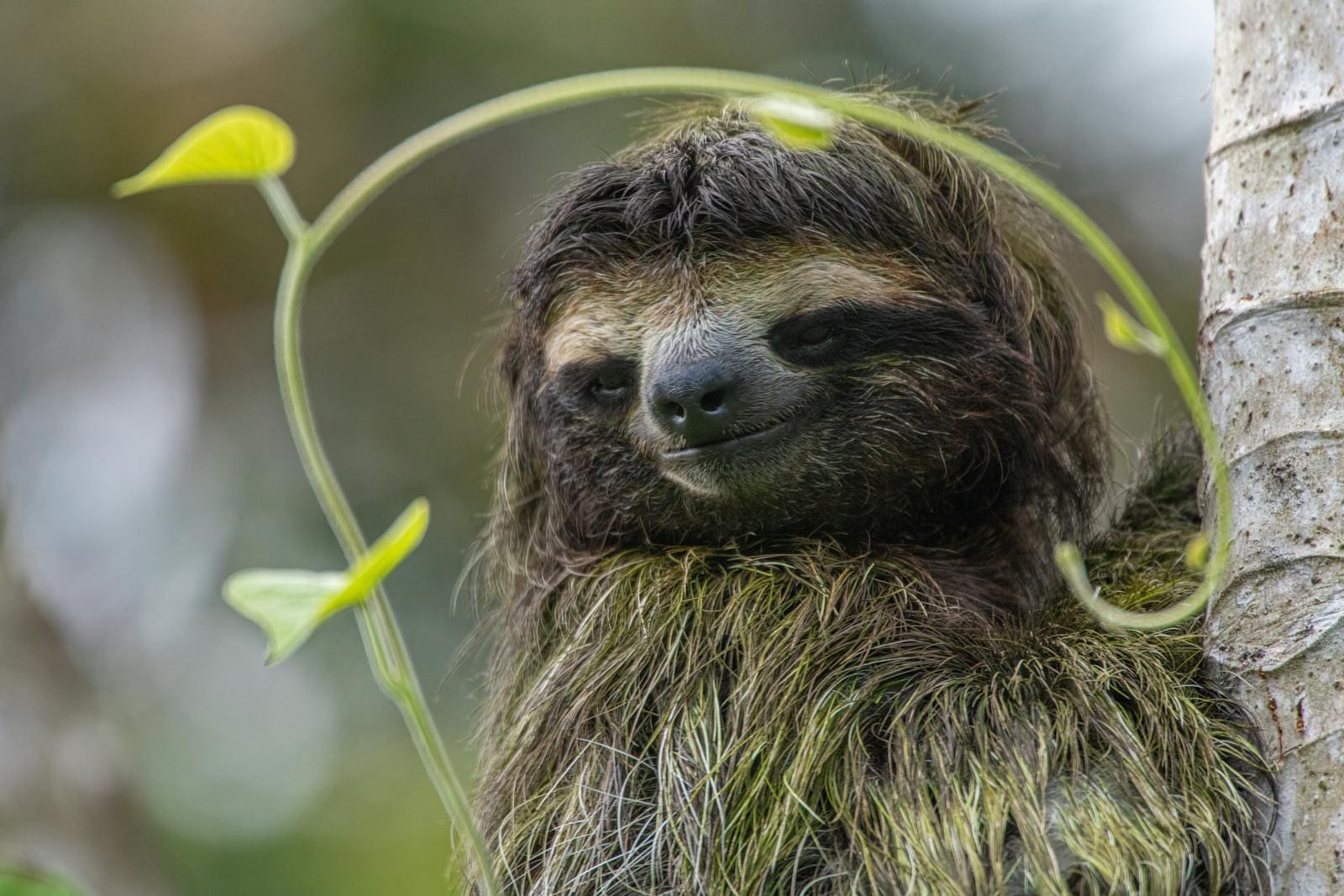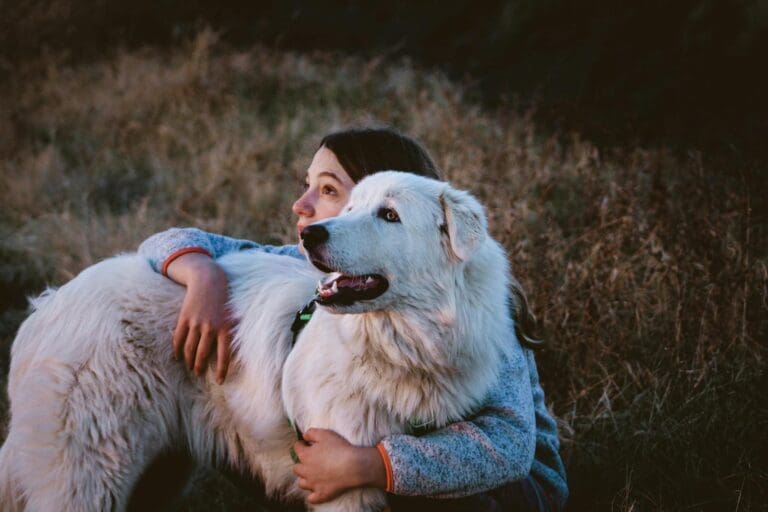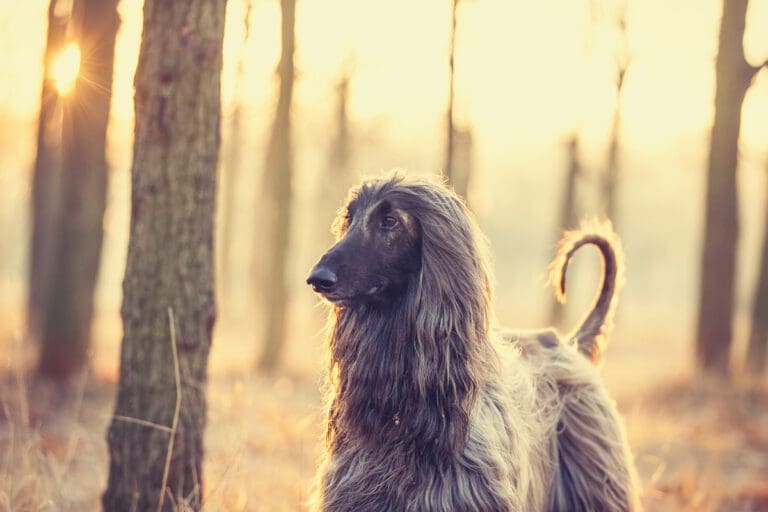You’ll be shocked these 10 exotic animals are legal as pets in some places. But despite how adorable or exciting they may seem, most wild animals don’t make good pets. Just because you can, doesn’t mean you should.
10. Prairie Dogs

Technically rodents, prairie dogs are a type of ground squirrel. These adorable critters are found throughout the Great Plains of the United States. While legal as pets, you need to consider this mammal’s lifestyle. These social creatures live in family groups between 15-25 individuals. Therefore, it’s recommended to take more than one. Still, it’s best to leave them in the wild.
9. Fennec Foxes
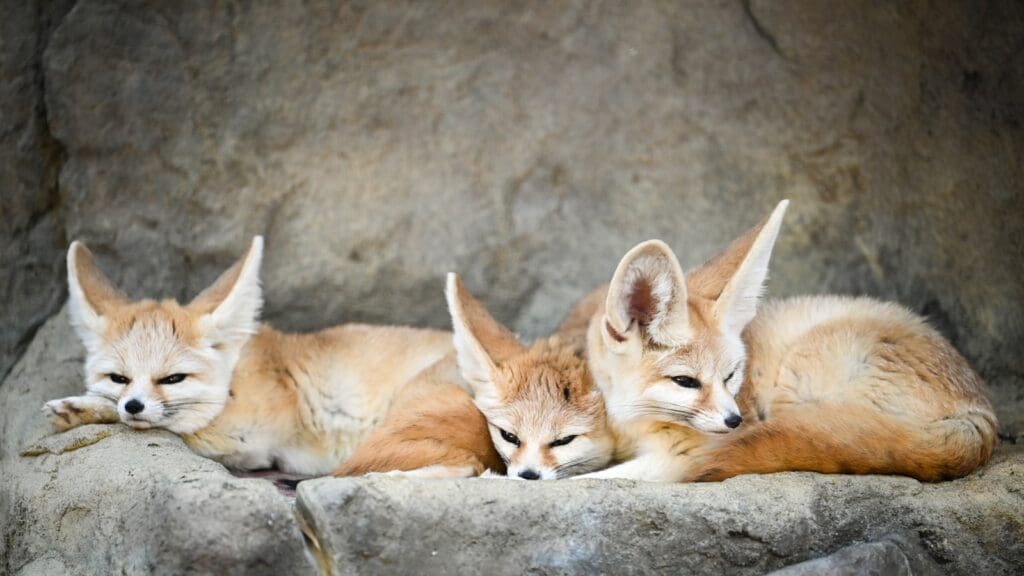
Fennec foxes weigh less than 3 pounds. Their large ears and small size make them look adorable. They’re most active at twilight and likely to keep you up at night. They dig and create large holes. Although legal in some places, they’re illegal in most. Regular dog food alone isn’t enough, they need fresh fruit and vegetables, and fresh-killed rodents.
8. Servals
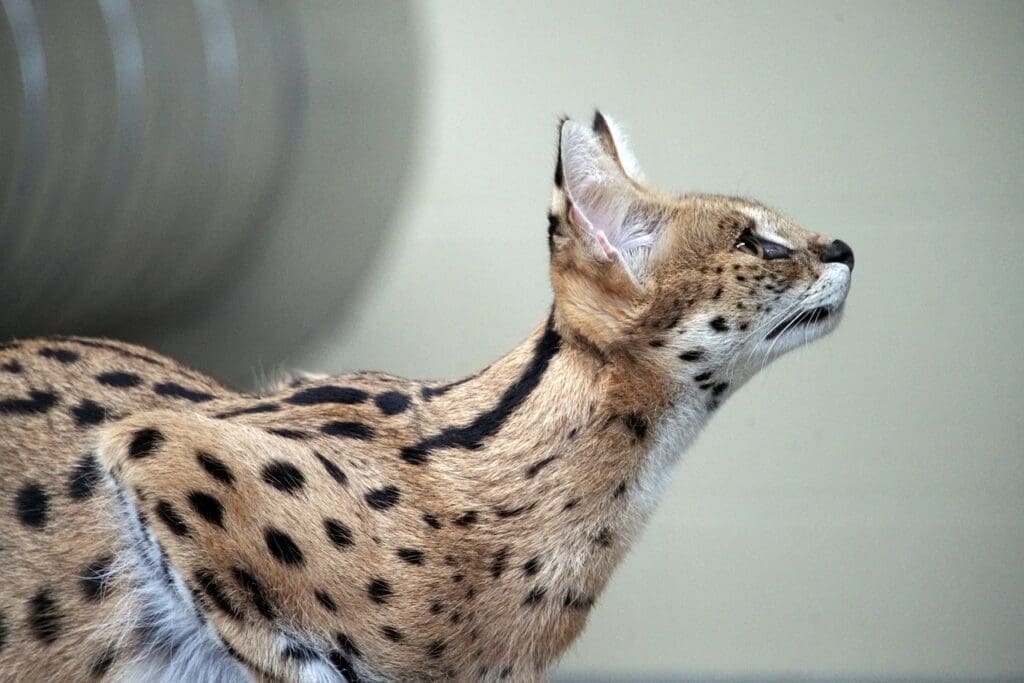
Appearing like a longer-legged domesticated cat, servals are wild cats from Africa. They are illegal in many parts of the world. They desire to hunt and explore over a large area. An expensive special diet and specialized veterinary care are required. Servals don’t adapt to litter boxes well and mark their habitat. Better to leave servals to their natural environment.
7. Capybara
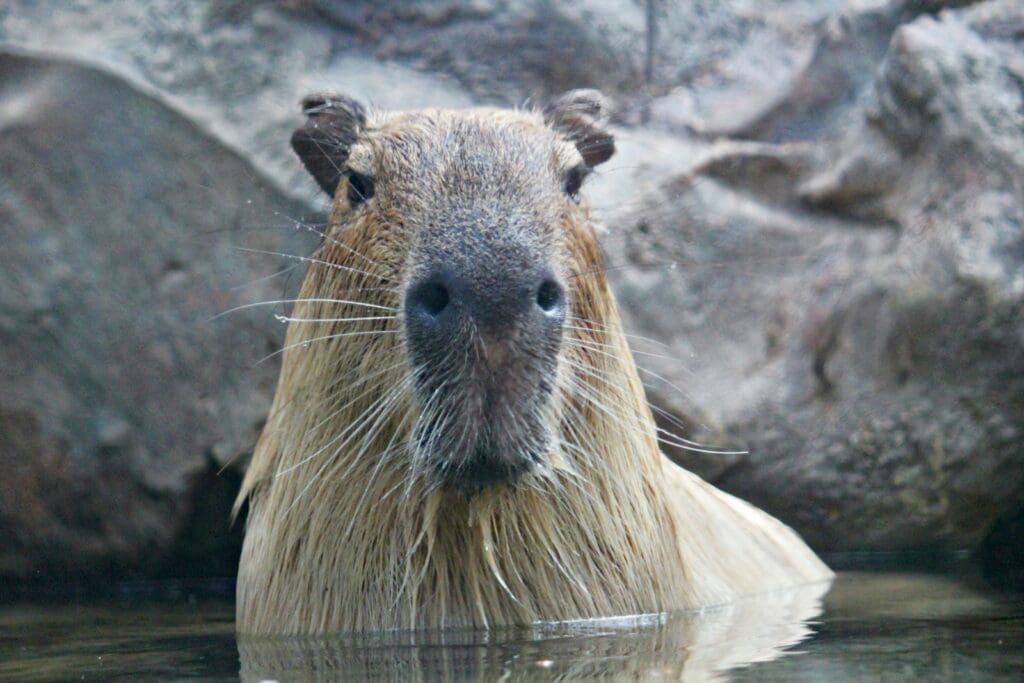
Appearing like a giant guinea pig, capybaras are allowed to be kept as pets in very few places. There are good reasons not to. They are social creatures, moving in groups of 100, and are never alone. Some can grow two feet tall and weigh 170 pounds. Capybaras need ample space and a water pool at least 12 feet by 20 feet per individual.
6. Kinkajous

Also called honey bears, Kinkajous are Central and South American rainforest-dwelling mammals related to raccoons. They’re nocturnal and live in trees. Kinkajous are rarely considered tame and tend to bite and scratch their keepers. Their saliva contains dangerous bacteria that can cause potentially severe and deadly reactions if bitten. Kinkajous also require humidity and flora in their environment.
5. Sloths
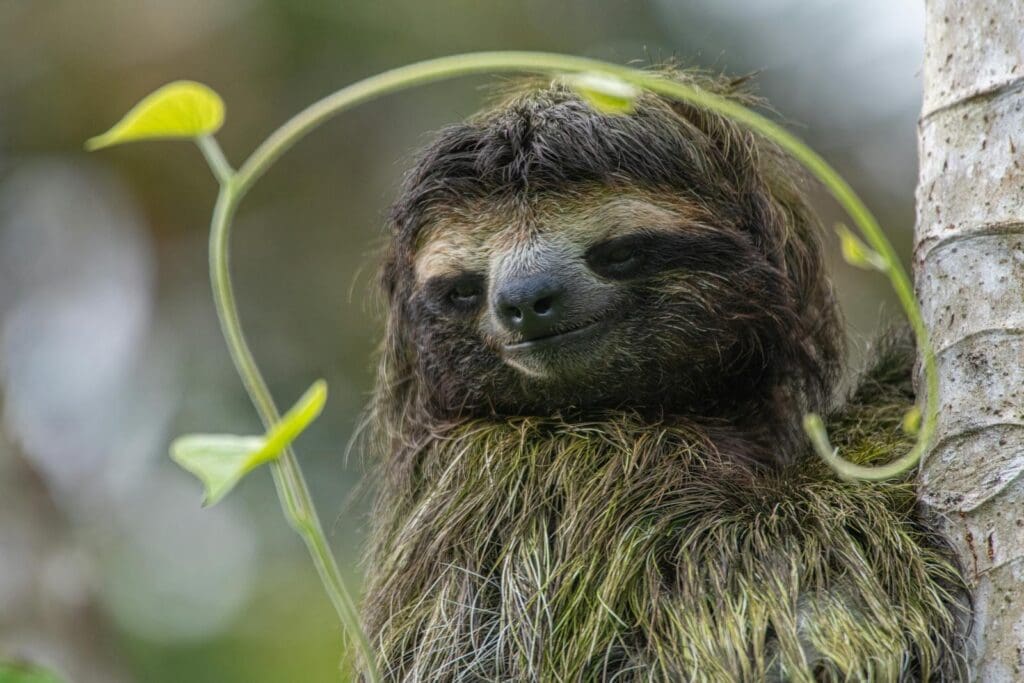
These adorable, small, slow-moving animals appear as though they’d make good family pets. But even with great caretaking, they don’t do well in captivity. They thrive in the canopy of tropical rainforests. They have large, sharp teeth which makes them dangerous. Their bite can deliver dangerous bacteria. And despite their size, pound for pound they are three times stronger than the average human.
4. Monkeys
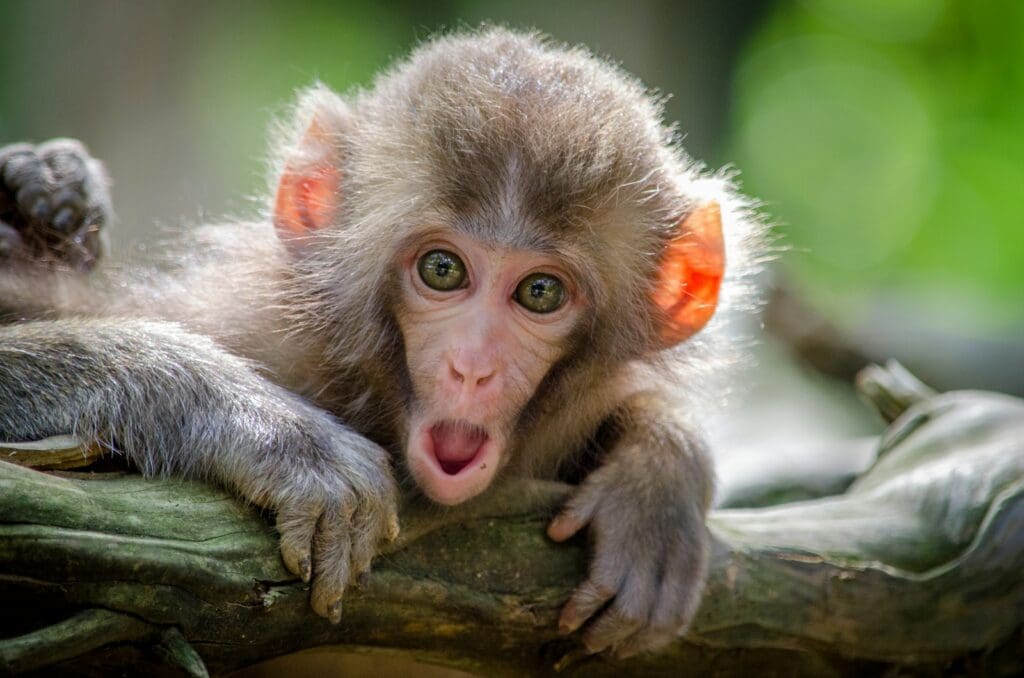
Many types of monkeys are legal as pets. However, caring for them is costly and time-consuming. They’ll need diapers, specific food, specialized veterinary care, and a lot of attention. Monkeys can become aggressive, and have strength and powerful bites, making them a danger. They require a large area to jump and climb, and a small home just won’t do.
3. Chimpanzees
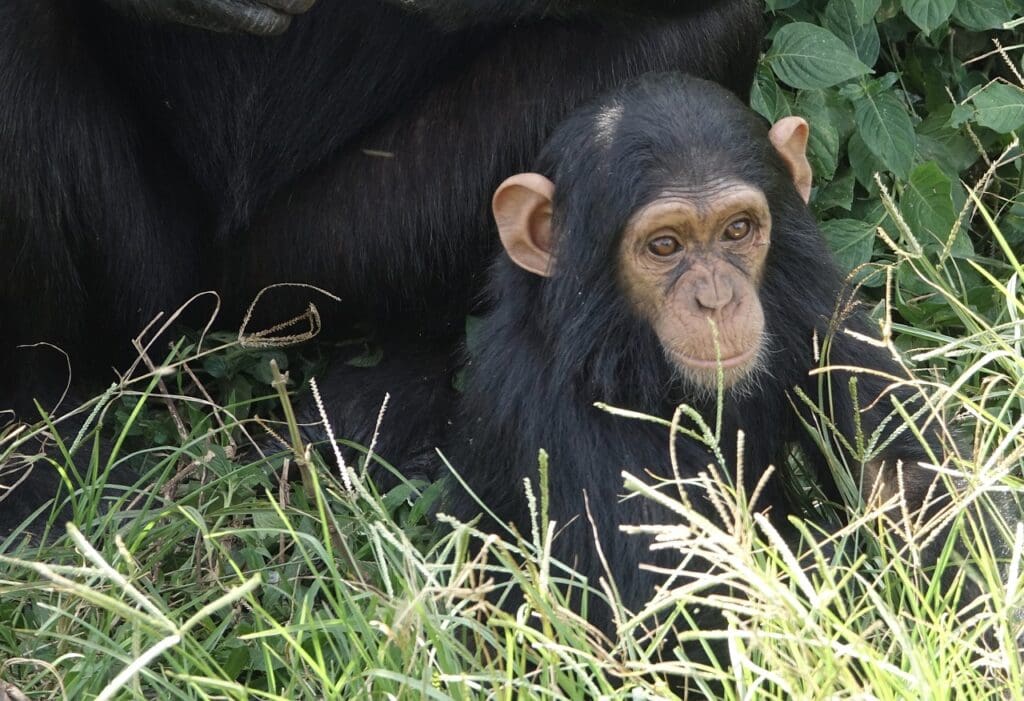
While chimps are highly intelligent and can be trained to do many things, using the toilet isn’t one of them. Chimps require diapers, special diets, and a massive amount of money, attention, and time. They are unpredictable, and 1.5 times stronger than humans. Chimps have been known to maul people, and can and have ripped a person’s face off.
2. Tigers
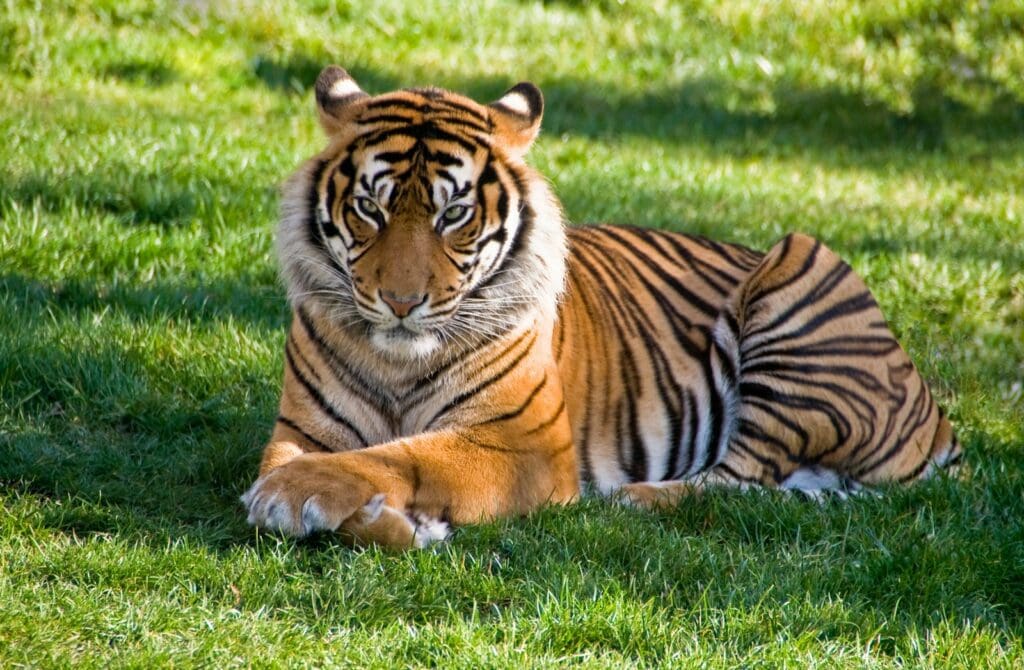
Tigers are legal in very few places. They require a massive amount of food and need a large area and specialized veterinary care to remain healthy. Tigers can weigh up to 600 pounds and span eleven feet, which means you’re housing a monster made of muscle and teeth as a pet. One mistake around them could turn you into a meal.
1. Bears
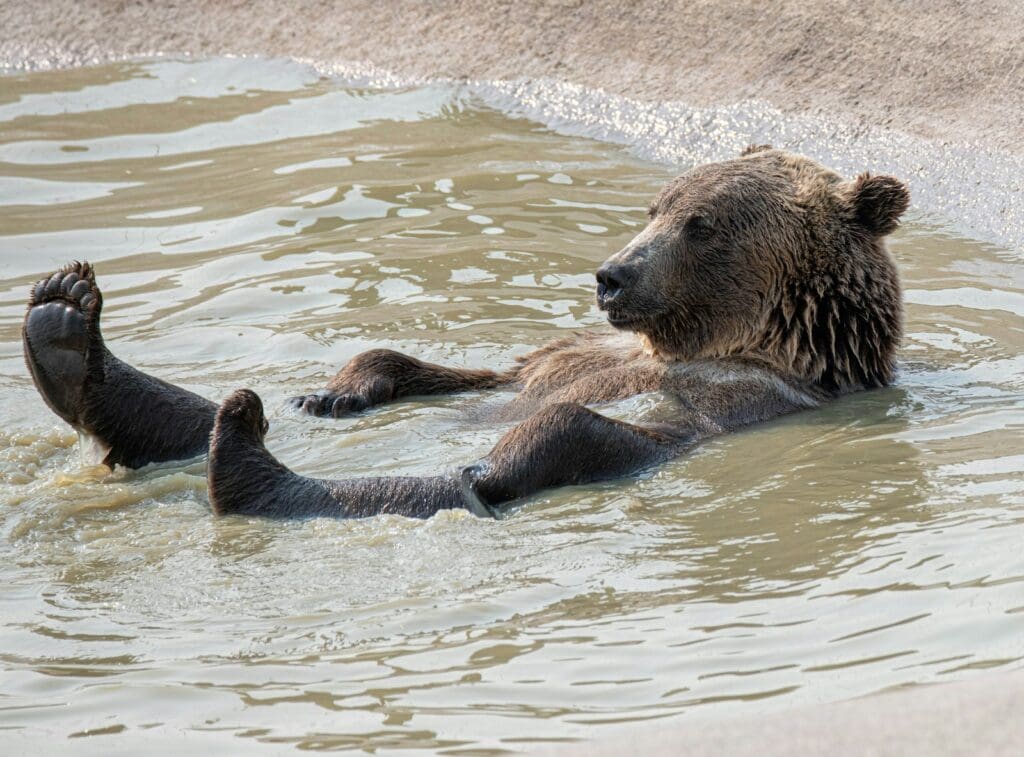
Bears are the largest land carnivore in the world, weighing up to 1,500 pounds. They have huge teeth and their claws are as sharp as small blades and can tear someone apart with ease. Even for professional keepers, one careless move and it’s all over for them. Bears require massive amounts of food and a large place to roam.
Read More: How Pets Bring Us Closer to Nature

